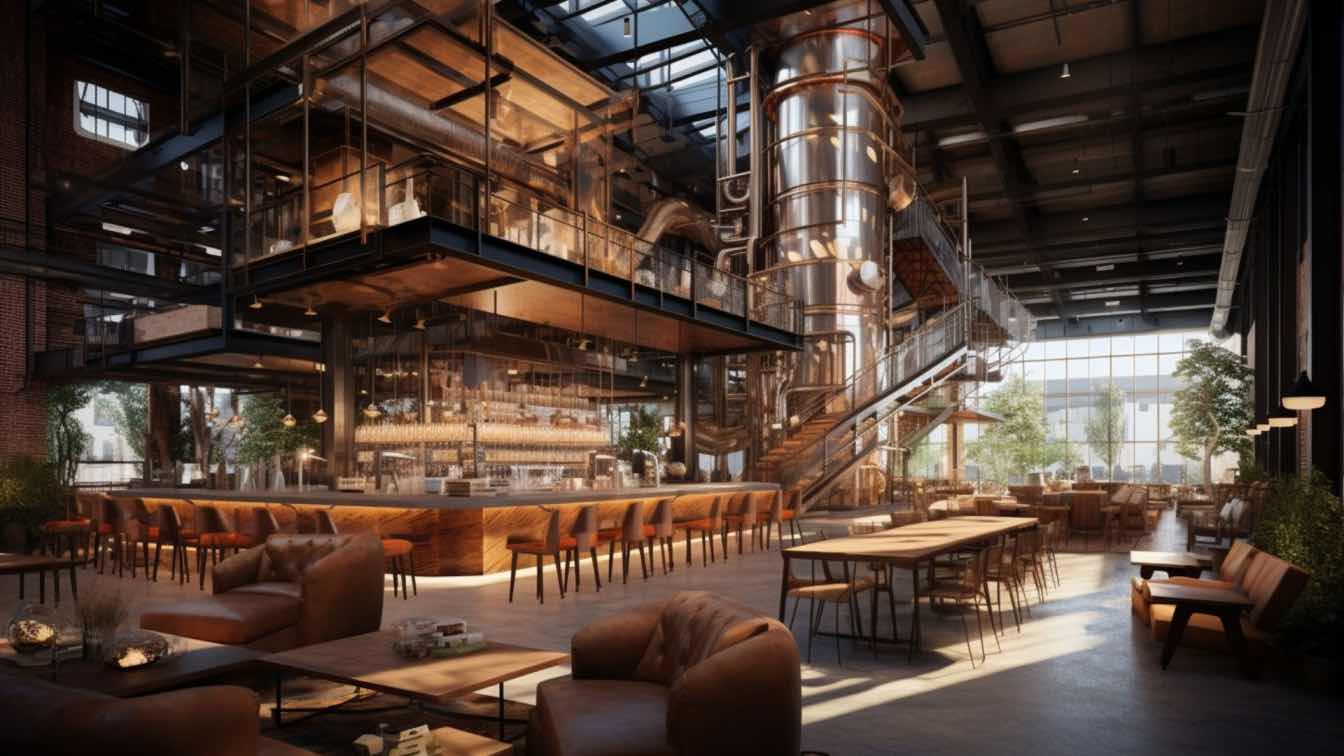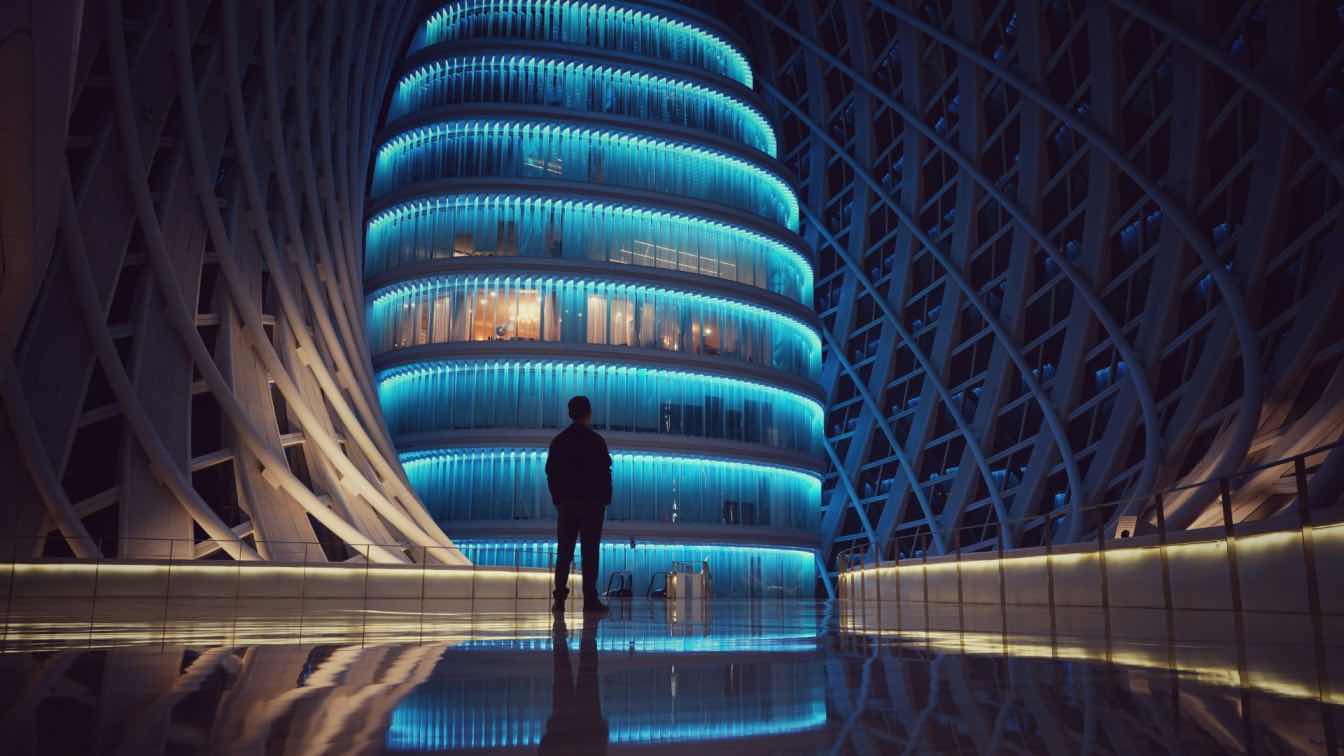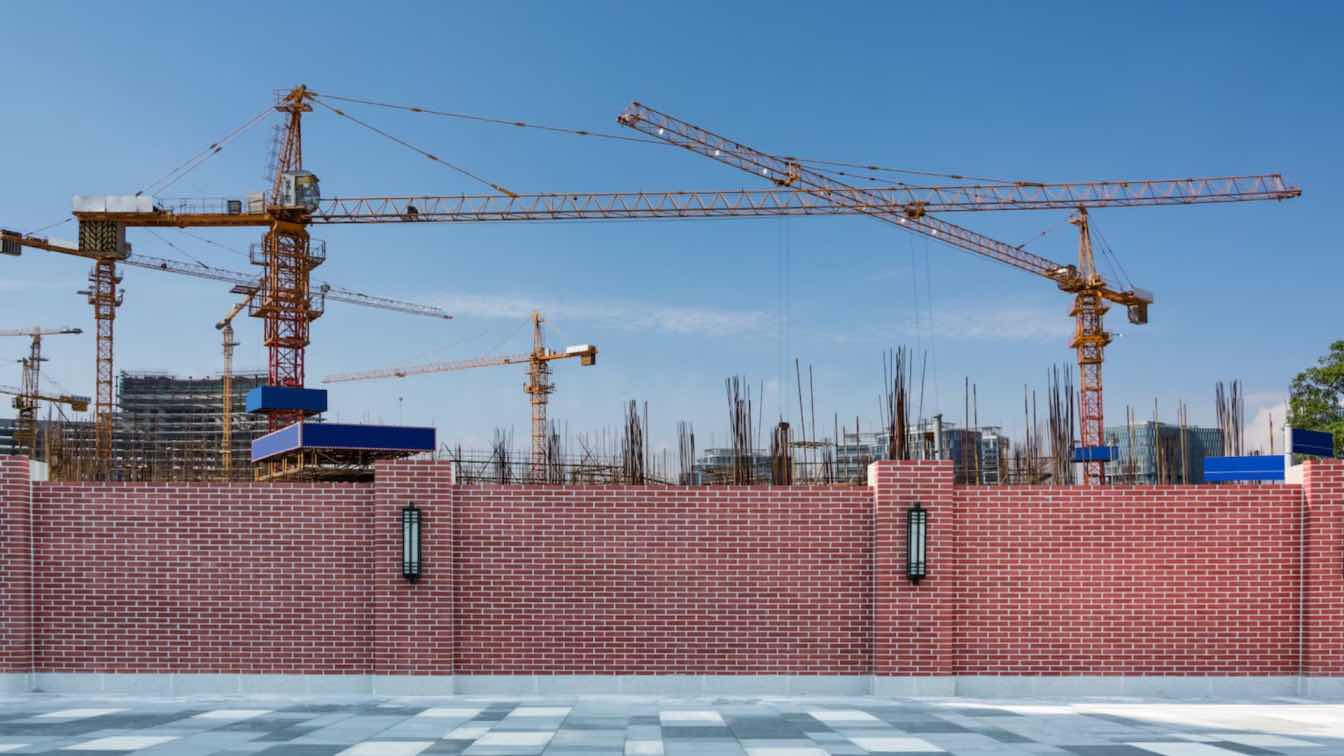Urban landscapes are a canvas of history and an opportunity for modern reimagining. In architecture, adaptive reuse embodies this duality, honoring the past while paving the way for sustainable development. This groundbreaking strategy is not just about repurposing existing structures; it’s an incisive response to the growing need for environmentally conscious design. Below, we closely explore the common types of adaptive reuse in architecture and how this design strategy paves the way for the future.
The Art of Transforming Old Structures
Adaptive reuse finds its heart in the revival of historical assets. When a community seeks to transform historic structures for modern purposes, architects must unlock the potential within. Take, for instance, the High Line in New York City, a public park elegantly woven into a former elevated railway.
This conversion didn’t just create a stunning green space; it breathed new life into the area, overhauling property values and solidifying the Meatpacking District as a coveted part of the city. This is more than just a trend—it’s proof that adaptive reuse can enrich the modern fabric of our cities with layers of heritage.
Sustainable Design Reweaving the Urban Fabric
Adaptive reuse is a bastion of sustainable design, taking center stage in the global conversation on eco-friendly construction. The benefits of an adaptive reuse approach ripple through the industry, reducing the demand for new materials and lowering the carbon footprint of building projects.
By resurrecting and re-energizing structures, we can reduce the construction industry’s environmental impact and progress toward zero-waste urban lifestyles. Adaptive reuse creates buildings with character and history, two things that no amount of new construction can buy.
Navigating Challenges for Maximum Gain
Despite its noble aims, adaptive reuse is not without its challenges. Financial feasibility, building code compliance, and structural integrity are all significant hurdles to overcome. However, the benefits far outweigh the efforts. These projects breathe new life into aging areas, often sparking economic revitalization and community pride. What once might have been a blight can become a beacon and lead the way for others to follow in its path toward a more sustainable future.
Adaptive reuse is not just an architectural trend; it’s a timeless approach that combines the wisdom of the past with future innovations. In every transformed warehouse turned tech hub or dilapidated theatre reclaimed as a cultural epicenter, we find evidence that the sustainable path forward is, quite literally, all around us. With these common types of adaptive reuse in architecture, we understand that history and the future are one and the same.





